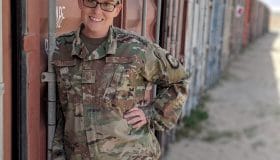Did you know? Fun Facts About Military Uniforms
February 20, 2025
Military uniforms have played a crucial role in the identity, functionality, and tradition of the U.S. Armed Forces. Each branch has its own unique history, symbolism, and practicality embedded in its attire. Here are some fascinating facts about U.S. military uniforms, including insights into the newest branch, the Space Force.
Communication Through Uniforms
Military uniforms are more than just attire; they serve as a form of communication. Rank, years of service, occupational specialty, and awards can be quickly identified by insignia, patches, and other uniform details. This allows personnel to recognize leadership and specializations at a glance. Here’s a look at where you can identify these on a uniform:
- Rank: Insignia on the shoulder, chest or collar and in some cases, emblems such as chevrons, bars, oak leaves or stars
- Pay Grade: Stripes or hashmarks on the uniform sleeve or chest
- Specialty: Badges and wings indicate a soldier’s military occupational specialty
- Awards: Badges, medals, and ribbons displayed on the right breast recognize accomplishments, qualifications, and ratings
In the Marines, the legendary “Blood Stripe” in the uniform signifies the promotion from lance corporal to corporal. It means they have been trusted to serve our nation as Noncommissioned Officers. Traditionally, Officers, Staff Noncommissioned Officers, and Noncommissioned Officers of the Marine Corps have worn this scarlet red stripe on their dress blue trousers to commemorate the courage and tenacious fighting of the men who fought in the Battle of Chapultepec in September of 1847. Today, the blood stripe symbolizes honor and our nation’s eternal gratitude for all fallen Marines.
Camouflage: Different Patterns for Different Things
Did you know that camouflage varies by branch, purpose, and environment? That’s a lot of patterns! Terrain-specific patterns are made to match the specific terrain (i.e. woodland, desert, and urban). Branch-specific patterns help identify the branch of the military (like Operational Camouflage Pattern aka OPC in the Army and MARPAT designs for the Marines).
Examples of military camouflage patterns:
- OCP: A versatile pattern with a greenish-tan background, brown and green fields, and blobs of dark brown and light beige
- MultiCam: A dense pattern with a greenish-tan background, brown and green fields, and blobs of dark brown and light beige
- MARPAT: A pixelated design used by the Marines
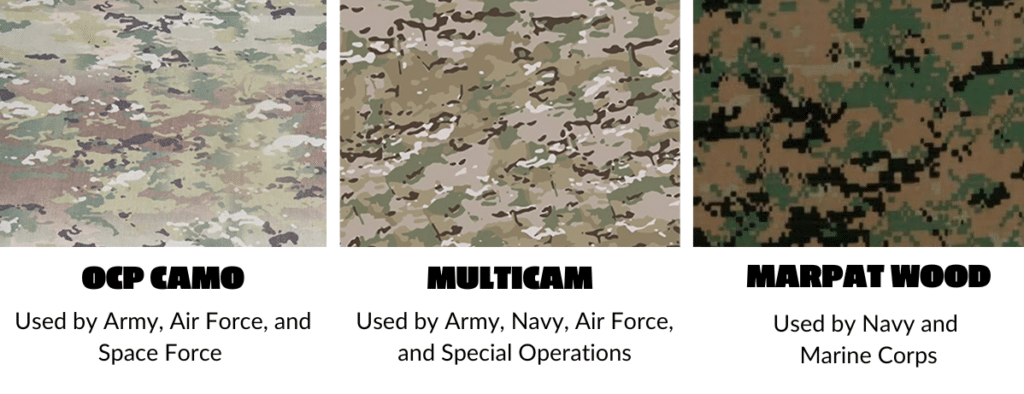
Special Stitching
While there are three branches that share the OCP (Operational Camouflage Pattern), each branch distinguishes itself by the color of the stitching on the badge and the color of the flag on the arm.
- The Army uses black stitching and a full-color flag
- The Air Force uses “spice brown” stitching and a brown flag
- Space Force uses “space blue” and a full-color flag
Dress Uniforms
Each branch of the military maintains specific dress uniforms designated for different levels of formality, including service, dress, and mess uniforms. These uniforms must adhere to strict regulations regarding wear, insignia placement, and material standards. For instance, the Marine Corps’ dress blue uniform is one of the most recognized and adheres to rigorous guidelines, while the Army’s service uniform must be worn in accordance with Army regulations.
Air Force dress uniforms are dark blue with a light blue or white button-up shirt and tie. Women can choose to wear a skirt and service pumps. The Navy has several different versions of dress uniforms that are either all white or all black, with matching jackets and slacks and a white dress shirt. Women can choose to wear a skirt and service pumps.
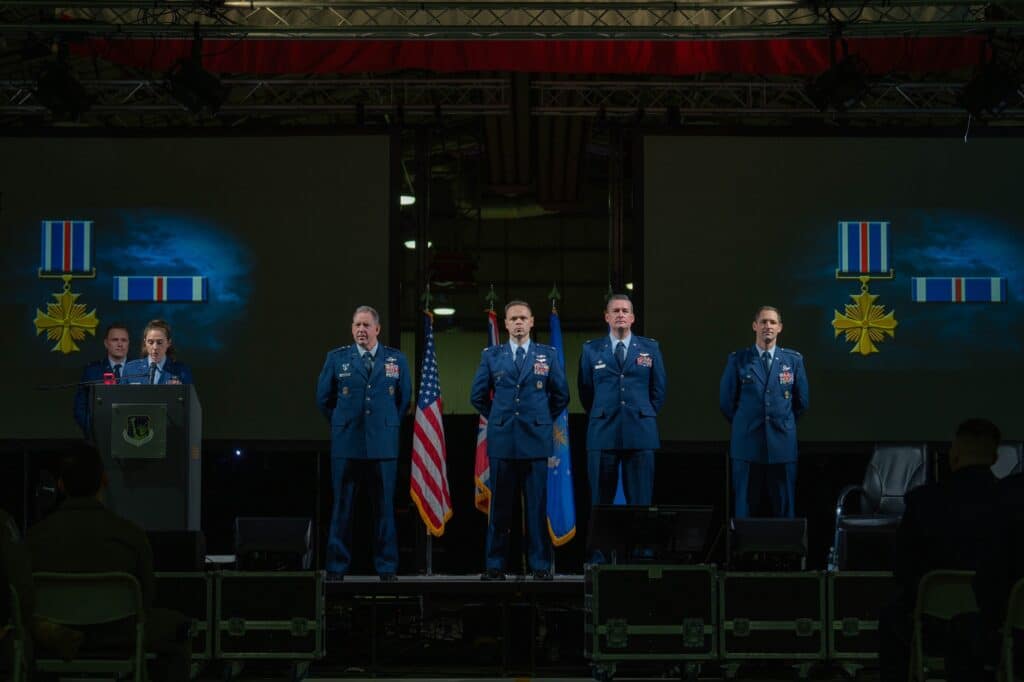
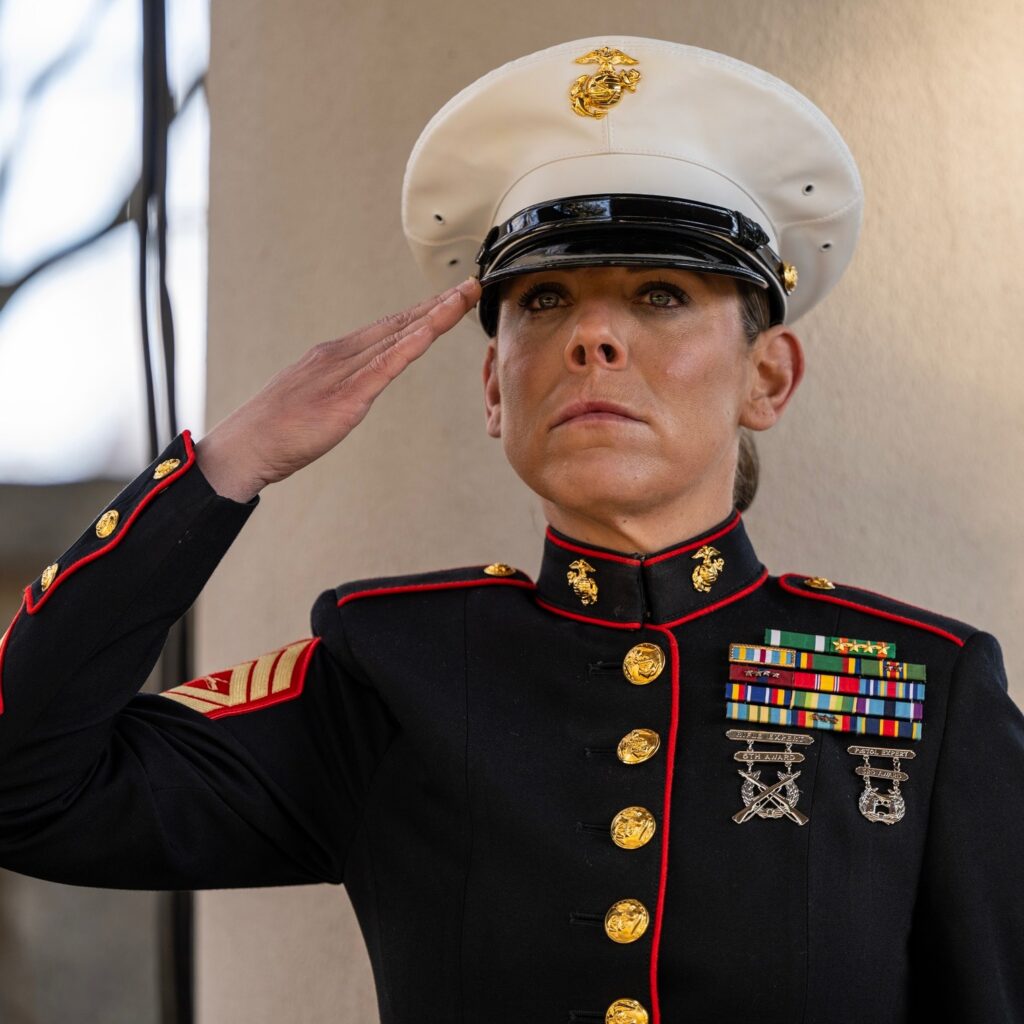
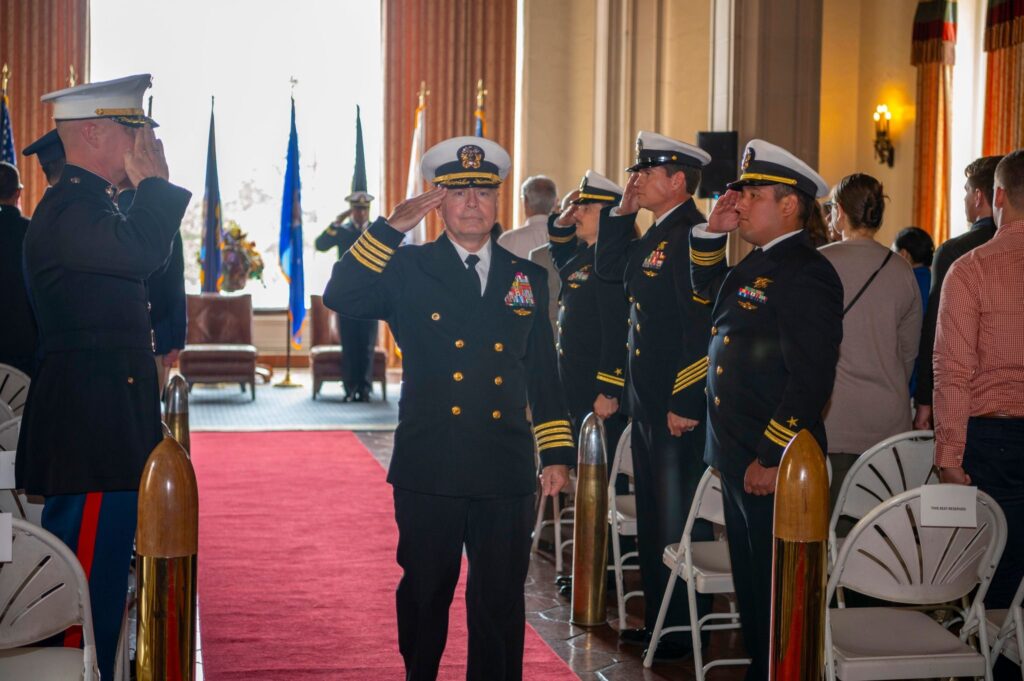
There’s also an “Operational Dress Uniform” worn by the Coast Guard, which is their normal work uniform.
Army Service Uniform: A Nod to the Past
Since its founding on June 14, 1775, the U.S. Army’s uniforms have continuously evolved to meet the demands of modern warfare. From the early blue coats of the Revolutionary War to the latest Army Green Service Uniform (AGSU), each iteration has incorporated advancements in materials and design to enhance soldier effectiveness. Recently, the Army brought back the iconic Army Green Service Uniform worn during World War II for professional attire as a nod to the Army’s heritage.
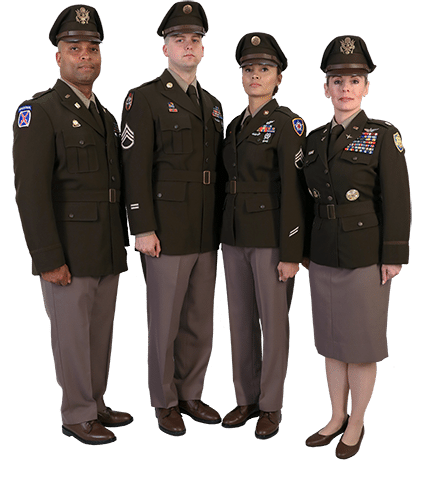
Marines Are Doing the Most
The U.S. Marine Corps boasts six distinct uniforms: Utility, Service, Blue Dress, Blue White Dress, Evening Dress, and Training. Each serves a specific purpose, ranging from combat operations to formal events. Not every Marine is authorized to wear all of them, as certain uniforms are reserved for high-ranking officials and ceremonial duties.
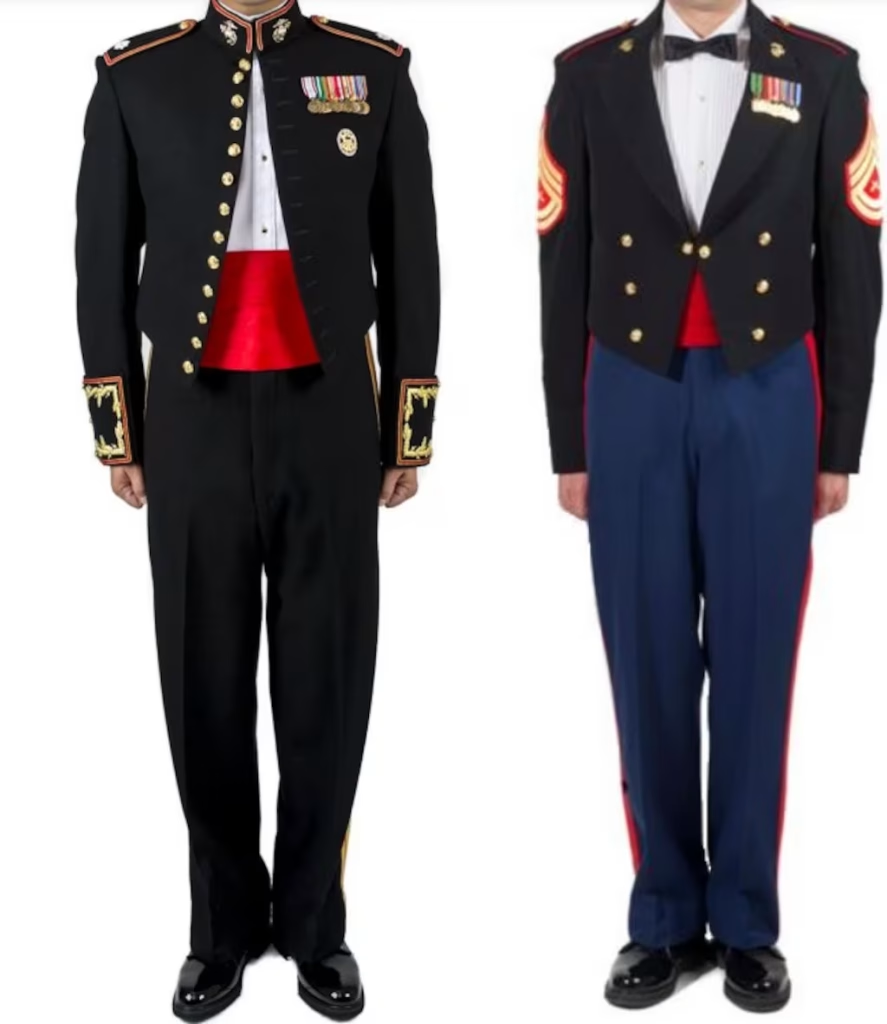

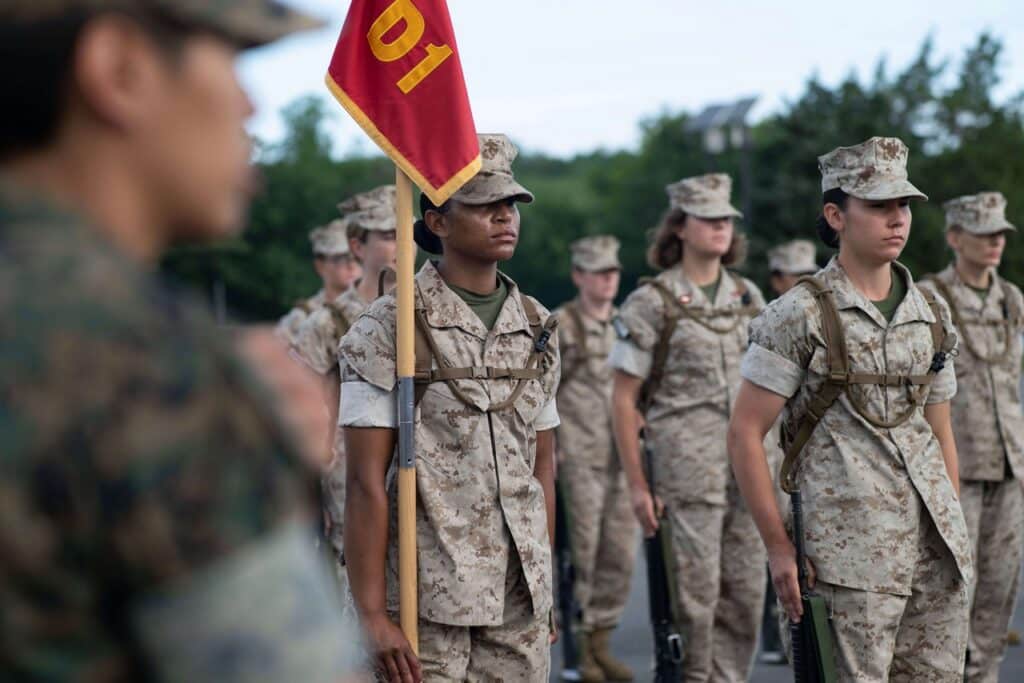
The Rare White Military uniforms
While commonly associated with the Navy, white uniforms were historically worn by the Army and Air Force, particularly in tropical climates such as the former Panama Canal Zone. These uniforms were not just ceremonial but practical for the hot and humid environment. Today, modern hot-weather uniforms are available to provide improved comfort and functionality in such climates.
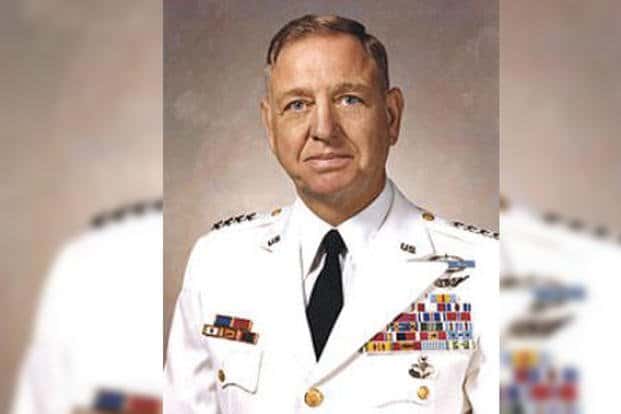
Space Force: The New Frontier
As the newest branch of the Military, the U.S. Space Force has introduced distinctive uniforms that set it apart from other branches. The Space Force service dress uniform features a dark blue jacket with six buttons, representing its status as the sixth branch of the military. Officers wear platinum sleeve braids, adding to the uniform’s futuristic aesthetic. The Space Force Physical Training (PT) uniform, which previously shared designs with the Air Force, now has a distinct identity, which includes dark blue moisture-wicking shorts and a gray shirt, both with the Space Force insignia on them. The newly designed Space Force dress uniforms are expected to be distributed to Guardians by December 2025.
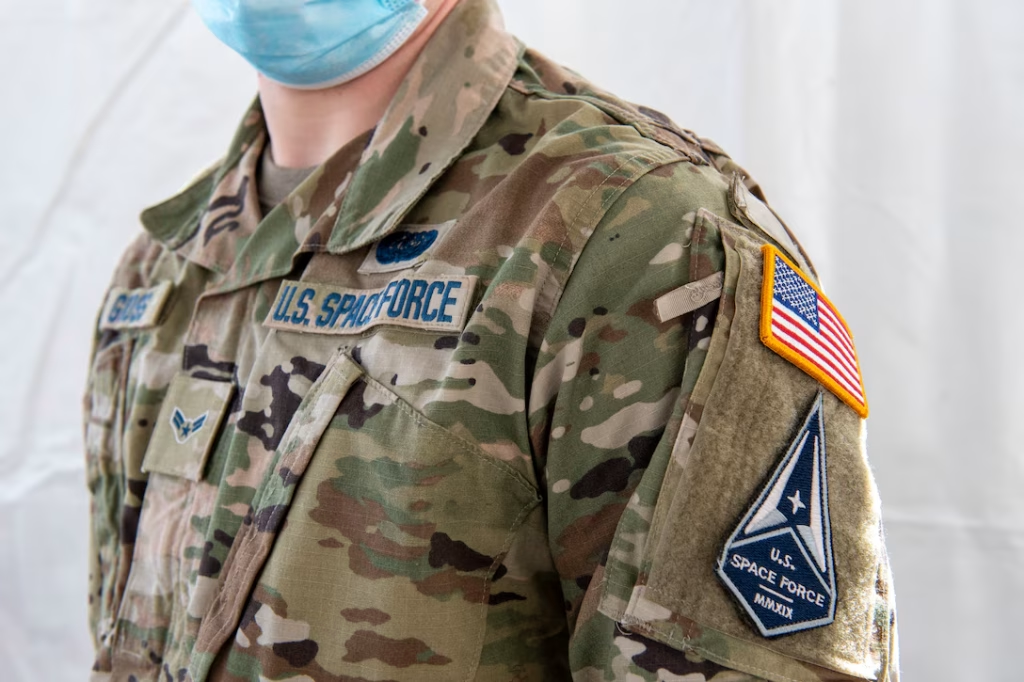
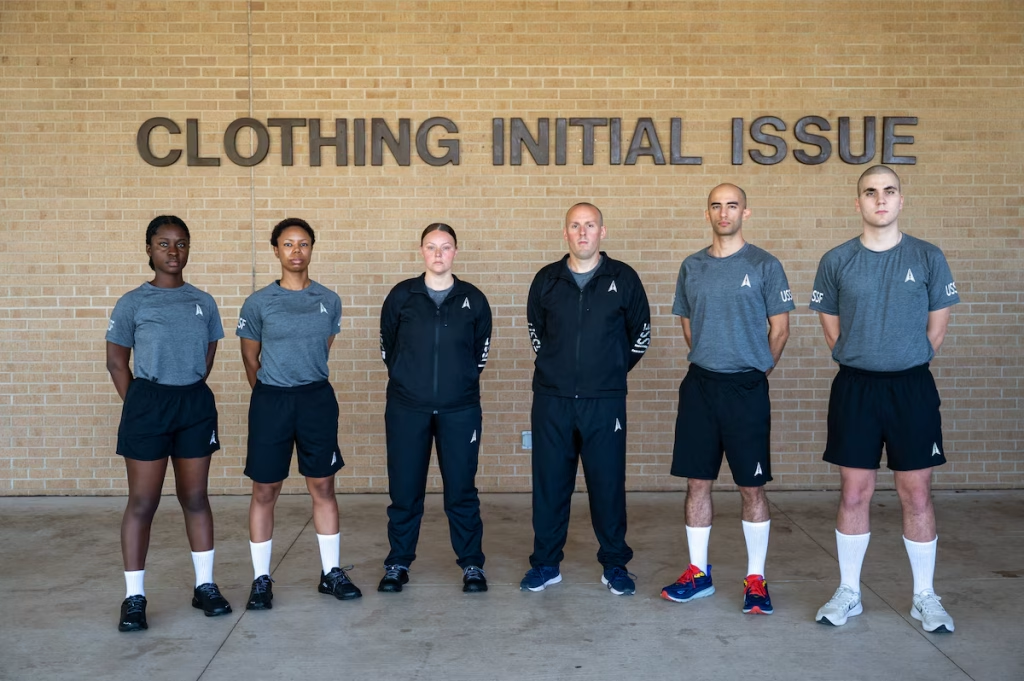
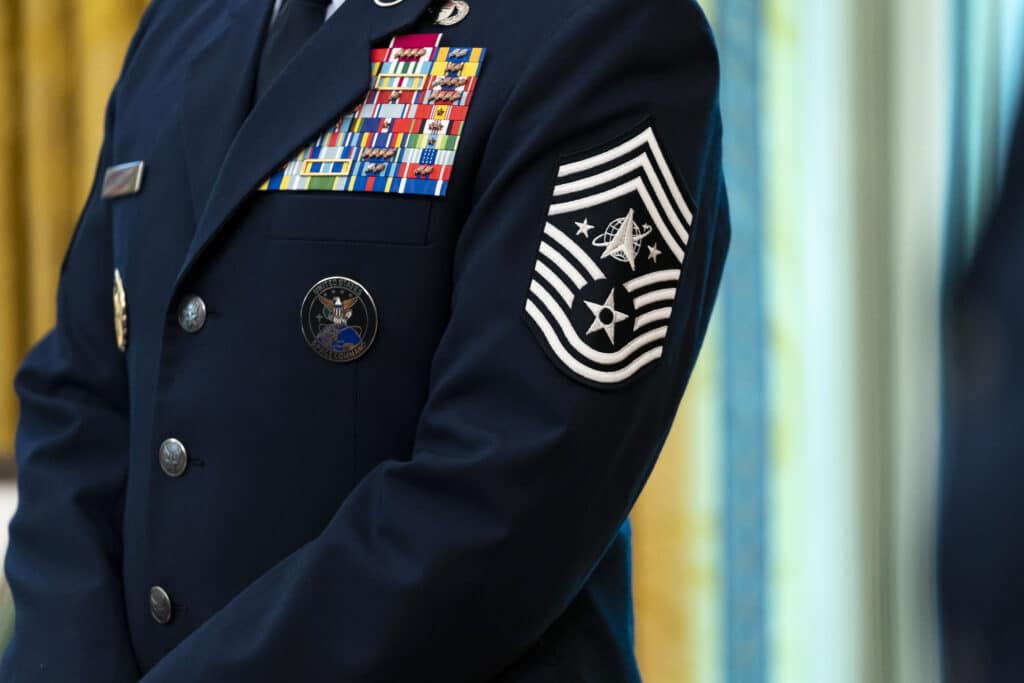
The Space Force unit emblems are based on the traditions of medieval heraldry, combined with a futuristic look. Here’s a look at three different emblems and their meanings.
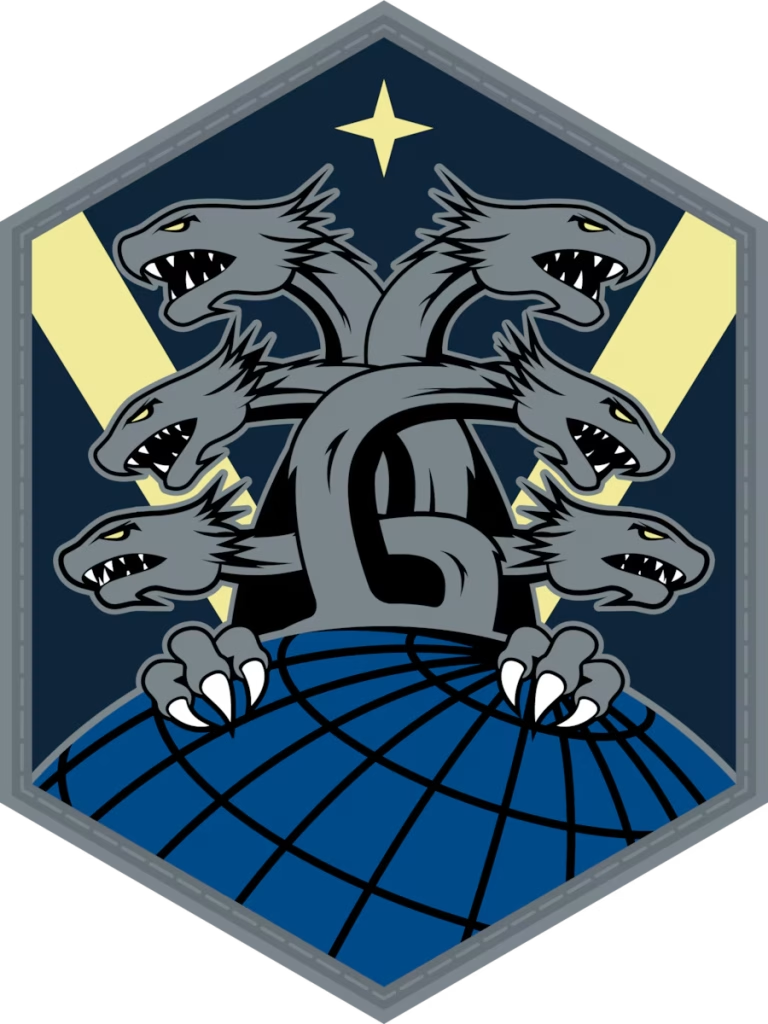
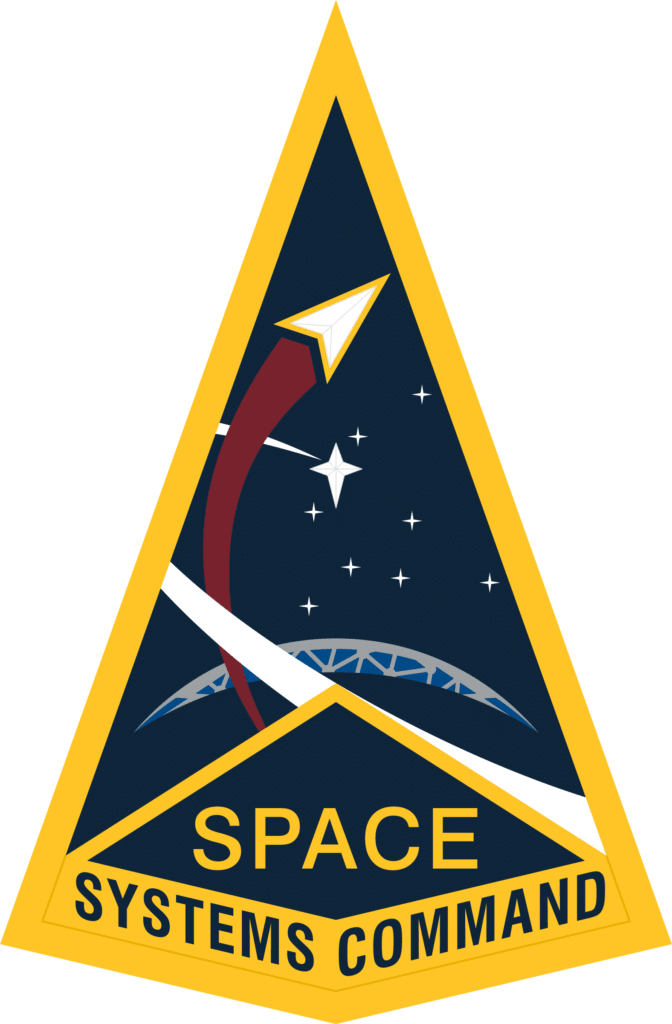
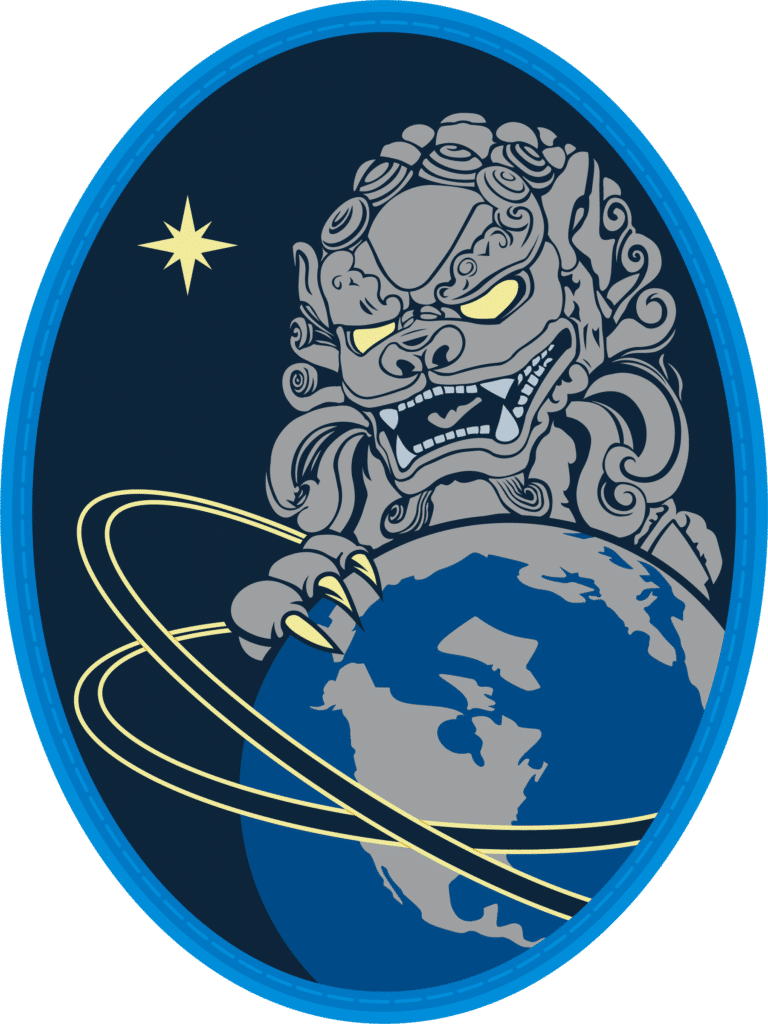
From the historic transformation of Army attire to the futuristic aesthetics of the Space Force, U.S. Military uniforms reflect tradition, innovation, and functionality. As the Military continues to evolve, so too will the uniforms that represent its members and their vital roles.

